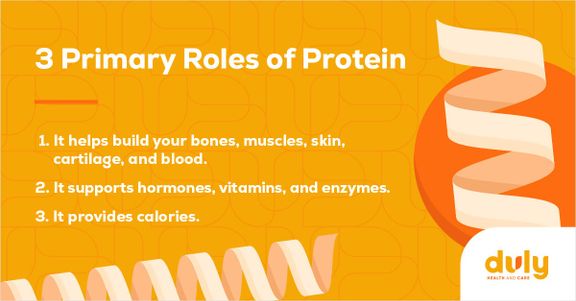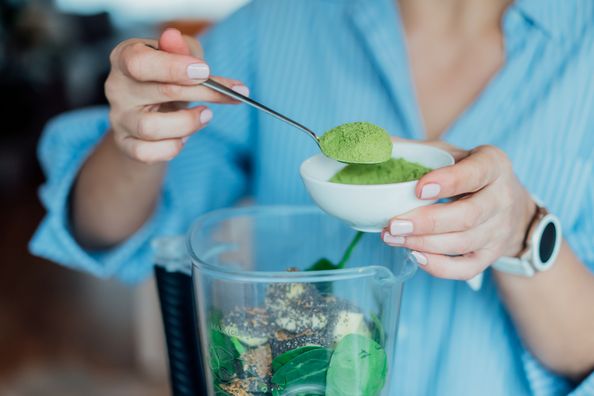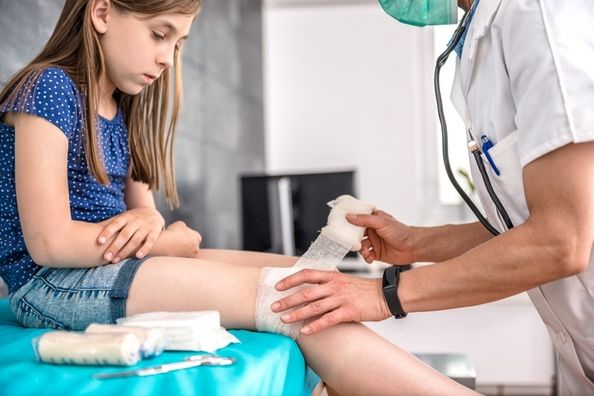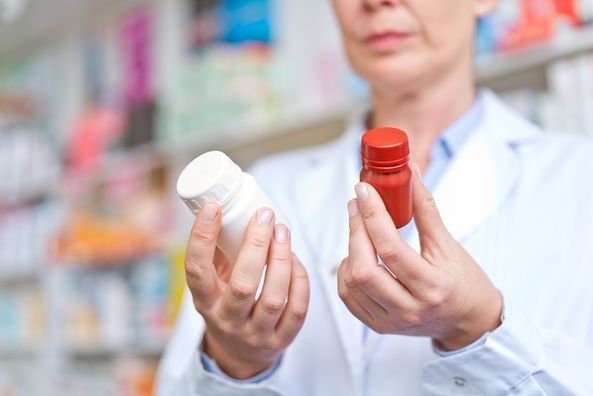When you think of protein, you might think of bodybuilders or professional athletes using protein to bulk up their muscles. But protein is an essential part of everyone’s diet, and it does so much more than help build muscle.
Protein is often referred to as the building block of life. In other words, protein helps make new cells and repair damaged ones. And because cells make up your entire body, protein is critical to your growth and development.
But don’t go splurging on expensive (and often sugary) protein powders and bars just yet. Depending on your diet, you may already be getting enough protein. However, there’s also a chance that you’re lacking in this crucial nutrient or your protein sources don’t have enough variety.
Take the time to assess your protein intake. Then, start taking steps to meet your body’s protein needs to help it grow, develop, and stay healthy.
What Does Protein Do for Your Body?
From building muscle to repairing wounds to producing hormones, protein is a central player in keeping your body strong and healthy.

Foods with protein are also often sources of other important nutrients, like vitamin B (which builds tissue) and zinc (which supports your immune system). That’s why variety is key when it comes to choosing where to get your protein.
How Much Protein Do You Need Each Day?
Your nutritional needs depend on a wide variety of factors. From your age to your weight to how much you exercise, how much of each nutrient you need — including protein — is an individual aspect of your health.
However, there are broad protein guidelines based on your age and sex. As a general guide, here’s how many ounces of protein you should aim for each day:
Women ages 19 to 30: 5 to 6 ½ ounces (or 141 to 184 grams)
Women ages 31 and older: 5 to 6 ounces (or 141 to 170 grams)
Men ages 19 to 30: 6 ½ to 7 ounces (or 184 to 198 grams)
Men ages 31 to 59: 6 to 7 ounces (or 170 to 198 grams)
Men 60 and older: 5 ½ to 6 ½ ounces (or 155 to 184 grams)
An ounce of protein varies depending on the food. Some ounce-equivalents of protein are:
An ounce of meat (For reference, 3 ounces of cooked lean meat is roughly the size of the palm of your hand.)
¼ cup of cooked beans
1 tablespoon of peanut butter
One egg
½ ounce of nuts or seeds
If you’re concerned you’re not getting enough protein, schedule a visit with a Registered Dietitian at Duly Health and Care to review your dietary and protein needs.
Most Americans get enough protein in their diets, but many don’t meet the requirements for the protein subgroups. While many get sufficient protein from meat, poultry, and eggs, they fall short in categories like seafood and nuts, seeds, and soy products.
How to Get Enough of the Right Protein in Your Diet
Once you’ve determined how much protein you need, you can work on incorporating a variety of protein sources. That way, you’ll be able to increase your other nutrients at the same time. For instance, seafood is a great source of protein, and it also provides nutrients like omega‑3 fatty acids and vitamin D.
Good sources of protein include:
Animal protein, such as turkey, chicken, and lean cuts of beef or pork
Fish and shellfish
Beans, including pinto beans, black beans, lentils, and garbanzo beans
Nuts and seeds, including almonds, hazelnuts, peanut butter, and sunflower seeds (Keep in mind — nuts have a lot of fat, so be mindful of portion sizes.)
Soy protein products, such as tofu and tempeh
Low-fat dairy products, such as yogurt and milk
You can also opt for whole grain products — like quinoa, brown rice, and oats — instead of refined or “white” products for an added protein boost.
How to Get Enough Protein as a Vegetarian or Vegan
If you’re vegetarian — or a variation, such as a vegan or pescatarian — you might be concerned about how much protein you’re getting. This is because many people associate protein with meat, which vegetarians and vegans don’t eat. However, it’s still possible to get enough protein in your diet without eating meat with a little planning and creativity. What’s more, it might be a touch healthier, as plant-based protein often has more fiber and less saturated fat compared to animal-based protein.
If you don’t eat meat, focus on plant-based sources of protein, such as:
Legumes (beans, peas, peanuts, and lentils)
Soy products
Whole grains (such as quinoa, brown rice, and oats)
Nuts and seeds
If you eat animal products, you can also use low-fat or fat-free dairy and eggs to stock up on protein.
Protein: Building Blocks to a Healthier You
A balanced diet is key to a healthy body, and that includes having enough (and the right kind of) protein. Fortunately, there’s no need for any fancy protein products. Simply eating a variety of foods is a simple and effective way to get the protein intake you need.
With a few purposeful additions to your diet, you can be sure you have enough protein to build and maintain a healthy body.
Health Topics:







